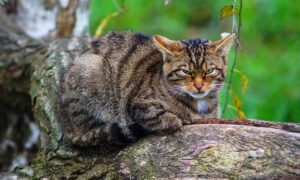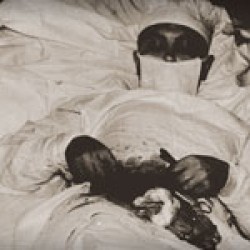This appears to be the third Kemp’s Ridley, or Atlantic Ridley sea turtle to have washed up along the UK coast in the last 3 months.
In December 2014, two turtles were found with a few days of each other, the first at Formby beach, Southport and the second at Walney Island in Cumbria. Both were alive and have since been cared for and recovered from the cold UK waters.
The third, found in early February 2015 at Green Cliff beach in North Devon was unfortunately found dead.

An endangered turtle is said to have been found washed up on a North Devon beach.
Local Ben Read, 28, discovered the dead sea turtle at Green Cliff beach near Abbotsham yesterday.
Ben, from Torrington, described the turtle in detail over the phone and was told it was the extremely rare Kemp’s ridley turtle.
Source: Western Morning News

Kemp’s ridley sea turtle (Lepidochelys kempii), or Atlantic ridley sea turtle is the rarest sea turtle and is critically endangered. It is one of two living species in the genus Lepidochelys (the other one being L. olivacea, the olive ridley sea turtle).
Kemp’s ridley is a small sea turtle species, reaching maturity at 60–90 cm (24–35 in) long and averaging only 45 kg (99 lb). Typical of sea turtles, it has a dorsoventrally depressed body with specially adapted flipper-like front limbs and a beak. The Kemp’s ridley turtle is the smallest of the sea turtles, with adults reaching about 2 feet in length and weighing up to 100 pounds. The adult Kemp’s ridley has an oval carapace that is almost as wide as it is long and is usually olive-gray in color. The carapace has five pairs of costal scutes. In each bridge adjoining the plastron to the carapace, there are four inframarginal scutes, each of which is perforated by a pore. The head has two pairs of prefrontal scales. Hatchlings are black on both sides. The Kemp’s ridley has a triangular-shaped head with a somewhat hooked beak with large crushing surfaces. This turtle is a shallow water benthic feeder with a diet consisting primarily of crabs.













